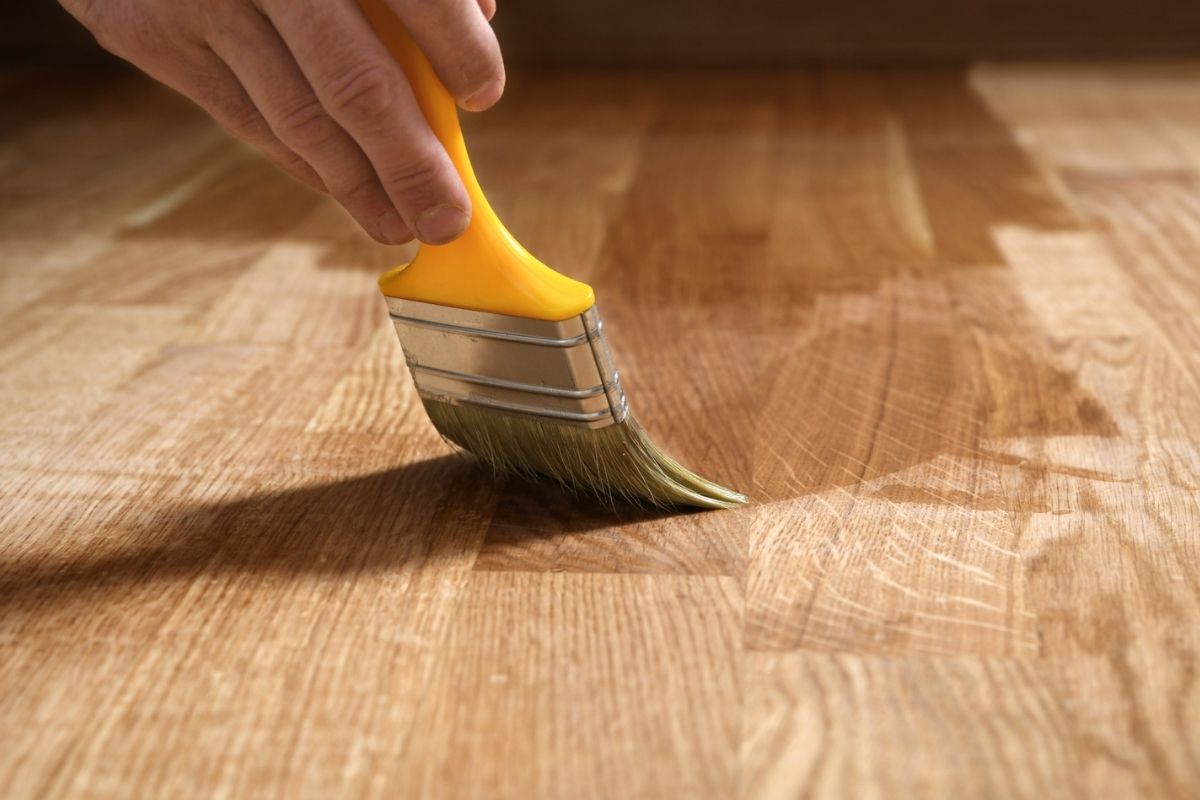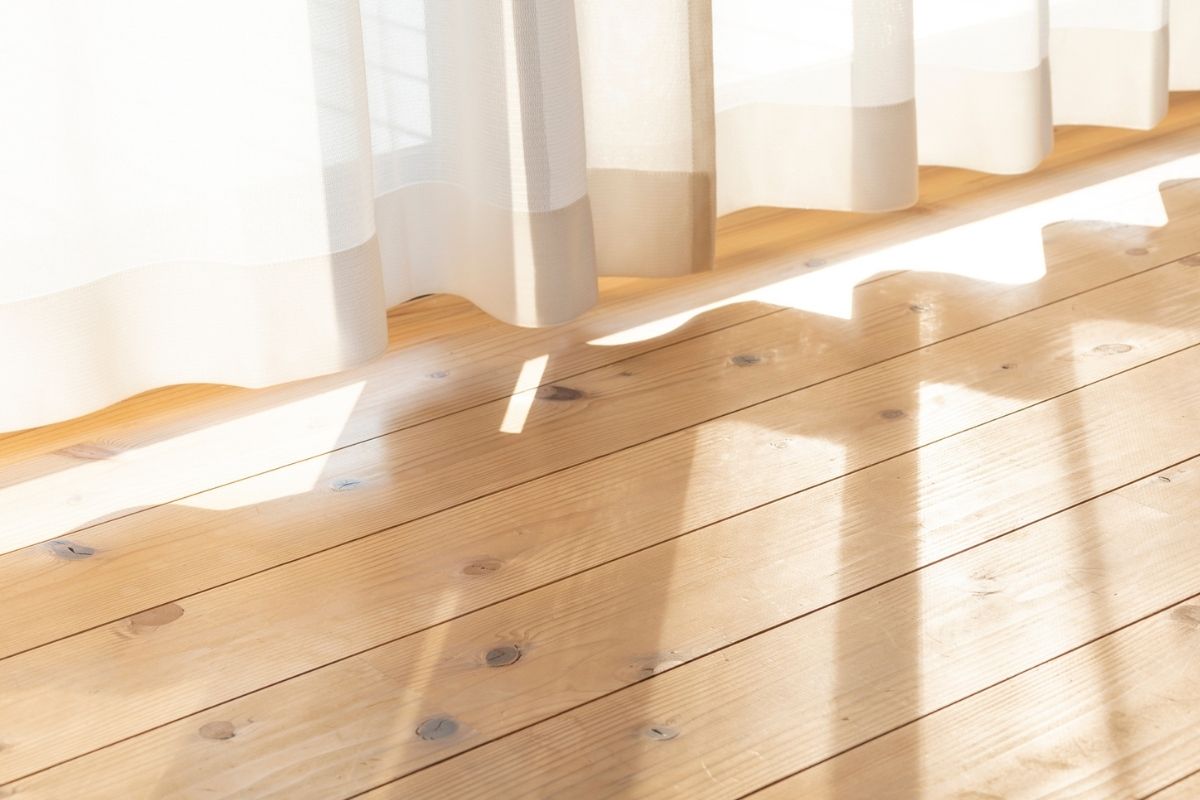Table of Contents
Timber floorings have long been admired for their natural beauty, durability, and timeless appeal. Whether you are renovating your home or constructing a new one, opting for timber flooring is a choice that combines aesthetic elegance with practical longevity. However, like any material, timber has a lifespan that can be influenced by various factors.
In this article, we will delve into what you can expect from the lifespan of timber floorings and how to make the most out of this classic flooring choice.
Factors influencing timber flooring lifespan
Before committing to the installation of timber flooring in your home, it’s essential to grasp the intricate factors that influence its lifespan. Timber floors are an investment that requires careful consideration and understanding.
In this section, we will delve into the pivotal factors that significantly affect the longevity of timber flooring.
Wood species
The selection of the wood species is a critical factor in determining the lifespan of timber flooring. Different species possess varying levels of hardness and durability. Hardwood species, such as oak, maple, and teak, are renowned for their robustness and ability to withstand heavy foot traffic. Their dense composition makes them less prone to scratches, dents, and other forms of wear compared to softer woods. When considering timber flooring, it’s advisable to opt for hardwoods that strike a balance between aesthetics and durability.
Installation quality
The longevity of timber floors is intricately tied to the quality of their installation. Even the most resilient wood can succumb to premature wear and damage if not installed correctly. Therefore, the process of looking for a timber flooring installer should involve a careful examination of their credentials, experience, and reputation. Professionals with a proven track record of precision and expertise in installation are essential to ensure the longevity of your timber flooring.
Moisture and humidity
Timber is highly responsive to changes in moisture and humidity levels. Excessive moisture can lead to warping, cupping, or even mould growth, significantly impacting the lifespan of the flooring. Adequate subfloor preparation, the use of moisture barriers, and maintaining consistent indoor humidity levels are crucial in safeguarding timber flooring from these adverse effects. Careful consideration of the environmental conditions is vital during both installation and ongoing maintenance.
Maintenance routine
Regular and appropriate maintenance is pivotal in extending the lifespan of timber flooring. Establishing a routine that includes gentle cleaning, avoiding harsh chemicals, promptly addressing spills, and using protective pads under furniture is essential. Periodic inspections for signs of wear and addressing them promptly contribute significantly to the overall health and longevity of timber floors.
Foot traffic
The amount of foot traffic a timber floor experiences directly influences its lifespan. Areas with high foot traffic may experience more wear and tear. Introducing preventive measures such as rugs or runners in these spaces can help distribute the impact and protect the wood surface, ensuring that the flooring remains aesthetically pleasing for an extended period.
The durability and lifespan of timber flooring hinge on a combination of factors, each playing a crucial role in maintaining its structural integrity and aesthetic appeal. A thoughtful selection of hardwood species, professional installation, vigilant moisture management, routine maintenance, and strategic protection against high foot traffic collectively contribute to a longer and more vibrant life for timber flooring.
By incorporating these considerations into your decision-making process, you not only enhance the longevity of your floors but also preserve the timeless charm that timber brings to any living space.

Typical lifespan of timber floorings
The average lifespan of timber flooring can vary depending on the factors mentioned above. In general, well-maintained hardwood floors can last anywhere from 20 to 100 years. The higher end of this range is often associated with top-quality hardwoods and meticulous care.
Signs of wear and when to consider replacement
Even with proper care, timber floors will eventually show signs of wear. Common indicators that your timber flooring may need attention include:
Visible wear layers
Over time, the protective finish on timber floors may wear away, leaving the wood exposed. If you notice visible wear layers, it’s essential to consider refinishing the floors. Refinishing involves sanding down the surface, reapplying a protective finish, and restoring the floor’s original lustre. This process not only enhances the appearance but also adds to the overall longevity of the flooring.
Deep scratches or dents
Deep scratches or dents that penetrate the wood surface can compromise the structural integrity of the flooring. In such cases, repairs or replacement may be necessary. Minor scratches can often be addressed through spot refinishing, but extensive damage may require replacing the affected boards or considering a comprehensive replacement.
Warped or cupped boards
Changes in moisture levels can cause timber boards to warp or cup. Warped boards not only affect the visual appeal of the flooring but also pose potential hazards. Addressing this issue promptly is crucial to preventing further damage and maintaining the overall aesthetics of the flooring. In some cases, individual warped boards can be replaced, but severe cases may require comprehensive floor replacement.
Persistent water damage
Water damage, if not promptly addressed, can have a lasting impact on timber floors. Stains, mould growth, and structural damage may necessitate the replacement of affected boards or, in severe cases, the entire floor. Addressing water damage promptly and ensuring proper drainage and ventilation in areas prone to moisture are essential preventive measures to protect the longevity of timber flooring.
Recognising the signs of wear on your timber flooring is integral to preserving its longevity and aesthetic appeal. By staying vigilant to these signs and acting promptly, you ensure that your timber flooring remains a testament to enduring beauty and durability in your home.
The lifespan of timber floorings is influenced by a combination of factors, from the choice of wood species to the quality of installation and ongoing maintenance. By selecting durable hardwoods, hiring skilled professionals for installation, and implementing a regular maintenance routine, you can enjoy the beauty and functionality of timber floors for decades. Paying attention to signs of wear and addressing issues promptly will contribute to a longer and more vibrant life for your timber flooring, ensuring that it remains a timeless and valuable investment in your home.
Related Flooring Resources

18 Beautiful Tile Flooring Ideas You Don’t Want to Miss
Changing your floor tiles design is one way to revamp the look of any room in your house. The best thing about tiled floors is that there are so many

How Much Does Floor Tiling Cost?
Floor tiles come in a variety of styles, thicknesses and resistant qualities. Ceramic, mosaic and porcelain tiles are few examples of non-resilient or hard surface types. The material type will affect how much does tile costs. Choosing among the available floor tiling materials is often based on property needs and allocated budget.

How Much Do Kitchen Tiles Cost?
Table of Contents Kitchen Tiling services cost around $50 to $270 per square metre. However, prices may change depending on the type of materials used. Whether your old kitchen tiles

